
The pros and cons of using your work ute as a family car

Dual cab utes are very popular and a big part of their buyer appeal is the promise of work-and-play versatility. That is, a workhorse or family car during the week and a go-anywhere escape machine on the weekend. So, no second car in the driveway. Sounds great huh? However, here’s a few practical things to consider if you’re planning to replace it with a dual cab ute.
Massive boot – but how usable is it?
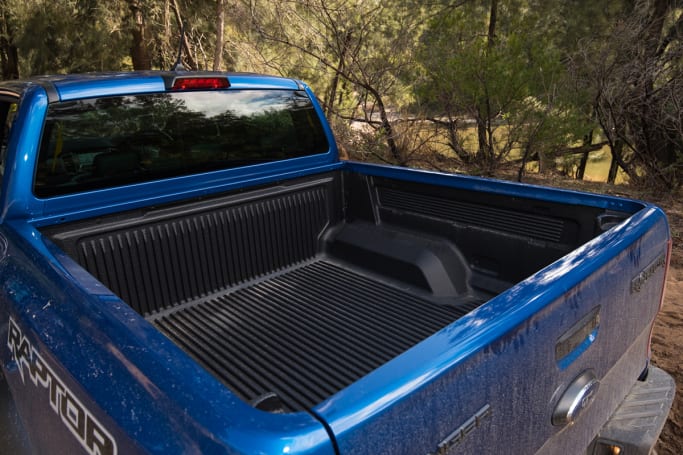
We know what you’re thinking. A ute has a cargo tub that makes a car boot look like a shoebox, so carting around the weekly groceries and other shopping should be a breeze. Well, yes, your shopping will get plenty of breeze - plus rain, hail, snow and sun if it doesn’t have some form of protection from the elements, like a hard canopy or at least a tonneau cover, which aren’t always included as standard equipment.
Accessing this huge ‘boot’ also requires opening and closing a heavy tailgate, which has to be lowered and raised by hand each time. There’s no waving your ankle under the rear bumper for automatic opening here, folks. You’ll also notice that the load floor is much higher than a car’s, so be prepared to lift your shopping much higher too.
You’ll also want your shopping bags lined up parallel with and just inside the tailgate, to make them easiest to get to when you have to unload again. However, if you don’t have some form of cargo net or hard barrier installed immediately in front of these bags, the first time you brake your groceries will topple forward onto the load floor with considerable force. You may then discover some new recipes given the sudden blending of ingredients that occurs – usually involving eggs.
Perhaps this is why many dual cab ute owners pack their weekly shopping on the cabin’s rear seat and floor instead, which is obviously not ideal if you have passengers or worse if you’re involved in a bingle. It can also be inconvenient to load if parking space is tight, with limited room along the side for trolley access and door-opening.
Limited cabin storage
Sedans, hatches, wagons and SUVs share the common convenience of a lockable boot with inherent theft and weather protection. These are particularly useful in not only providing clean and dry storage for shopping but also carting the kids’ backpacks and sports bags to and from school each day.
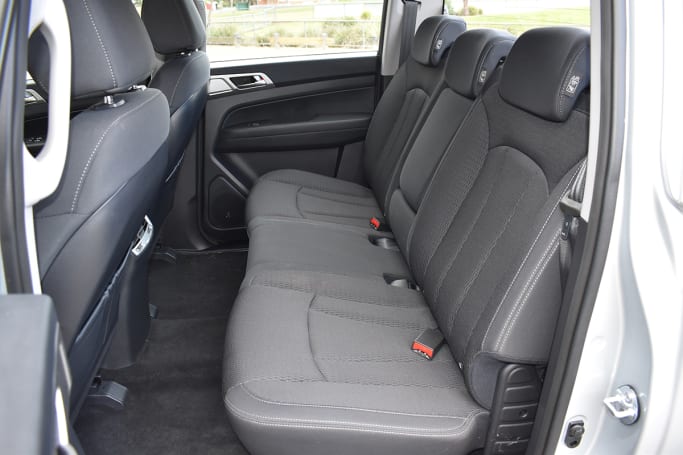
On longer journeys they also provide clean and dry storage of soft items needed in the passenger area from time to time, which can be usually be retrieved internally like jumpers, jackets, pillows, blankets, food items etc.
A dual cab ute can’t offer this convenience. Most have several storage bins, bottle holders and cup holders in the cabin, but with a full crew of five on board you’ll soon find those nooks quickly filled and be looking for more space.
And if you want to use the cargo tub as a boot - even if it’s fitted with a tonneau cover, hard cover or canopy - you’re not assured that your belongings will remain clean and dry, as dust and water can enter through gaps at each end of the tailgate.
Seating for five – but it’s four in the real world
The interior of a dual cab ute can look very spacious and accommodating in a glossy sales brochure or on a test drive, particularly when it’s just you and the salesperson riding in the front seats. However, the gloss can wear off quickly if you have to seat three teenagers or adults across the rear bench, because you might find it just as (if not more) squeezy than a car.
The two outer seating positions generally offer an adequate level of comfort for adults and lanky teens, even allowing for the lack of backrest rake adjustment. However, squeeze another one in the middle and you could soon have a mutiny on your hands if you’re planning a long trip.
In our experience, there is generally insufficient shoulder room. And if you’re unlucky enough to draw the short straw and end up sitting in the middle, you’ll also have to deal with a lack of headroom, knees squeezed together between the front seat backrests and feet splayed either side of the transmission tunnel. And you thought flying economy on Jetstar was bad!
Needless to say, five passengers are tolerable for short local trips but for anything longer, four is the limit. There’s also no third-row seating option available, as you will often find in SUVs.
Size still matters
Advances in automotive technology have all but removed the guesswork required when parking a large vehicle like a dual cab ute, particularly in tight shopping centre carparks.
These advances include audible front and rear parking sensors, which are often accompanied by a graphic on the dashboard touchscreen. More and more dual cabs also have rear-view cameras fitted as standard, while top-shelf models can include 360-degree cameras.
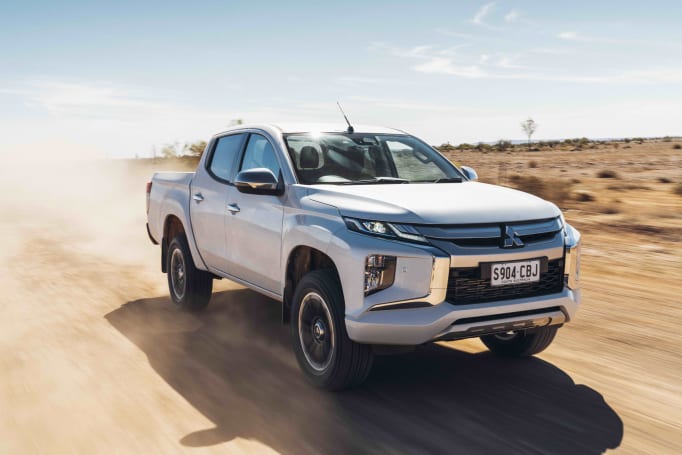
This is useful technology if you’re using a dual cab ute as the family car, because it can help to visually shrink the vehicle around you to make such regular manoeuvring less hazardous and stressful.
Even so, technology can’t change the fact that a dual cab ute is a large truck that’s typically more than 5.0 metres in length and just under 2.0 metres in width and height. Aftermarket modifications like wheel arch flares and protective bar work etc can easily increase the width, while larger wheels and tyres, suspension lifts, roof racks, roof-top tents and even some engine snorkels can rule out access to all underground and multi-level carparks.
Not all five-star safety ratings are equal
There’s nothing like a five-star ANCAP rating – and some are nothing like a five-star ANCAP rating. Well, not by today’s standards anyway.

That’s because numerous dual cab utes were tested by ANCAP years ago and in some cases almost a decade ago. And since then important advances in accident-avoidance technologies, like Autonomous Emergency Braking (AEB) and lane-keeping assist, have raised the bar in terms of minimum standards required by ANCAP for a perfect score.
Therefore, a five-star ANCAP rating achieved years ago does not equate with a five-star ANCAP rating achieved today. So you might find that warm and fuzzy feeling you get buying a ‘five-star’ ute is short-lived, after discovering that it doesn’t have all of the car-like safety features you thought it would have. Buyer beware.
Running costs
The official combined fuel consumption figures displayed on new vehicle windscreen decals are often surprisingly frugal given the size and weight of dual cab utes.
However, dig deeper and you’ll discover that these figures are achieved by vehicle manufacturers under ideal laboratory conditions, which results in the lowest consumption figure possible. In the ‘real world’ these figures can be 2-3 litres/100km higher or more under normal driving conditions and even thirstier when carrying or towing heavy loads.
Fact is, a dual cab ute is usually going to be more expensive to run than a smaller car when you factor in not only fuel consumption but also insurance, servicing, tyres etc. So the savings you expect to make by owning one dual-purpose vehicle may not be as large as you hoped.
Diesels and short suburban trips – not a good mix
Dual cab utes use diesel engines because they provide good fuel economy under load and excellent torque, which is ideal for carrying and/or towing. They also have to comply with at least Euro 5 emission standards, which means their exhaust systems must be equipped with Diesel Particulate Filters (DPF) to stop humanly harmful exhaust particulates from being released into the atmosphere. So far, so good.
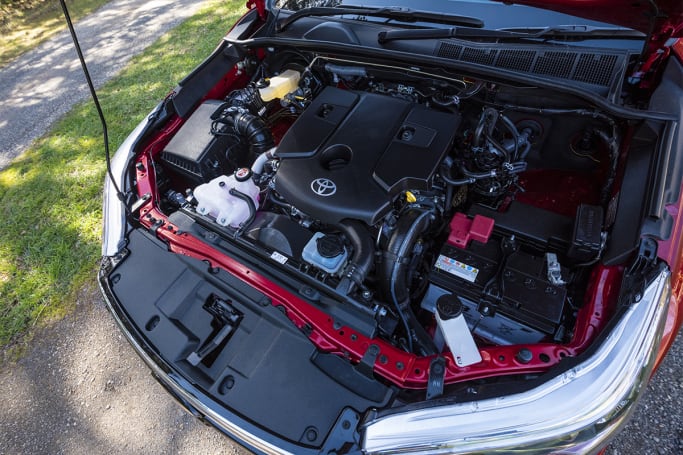
From cold start a diesel engine also takes longer than an equivalent petrol engine to reach its ideal operating temperature. This is also not a problem, provided it runs for long enough at the rpm required for its exhaust gases to automatically burn-off the particulates (or ‘soot as it’s known) that get trapped in the DPF.
It’s a no brainer that a diesel engine is not well suited to the role of suburban family hack. In a busy week it will be required to make numerous cold starts followed by relatively short drives to the local school, shops, sporting grounds etc. And in most of those short drives, the engine will not run hot enough for long enough for that crucial automatic soot-burn to occur.
Then it’s only a matter of time before the DPF is going to become so choked with soot that it becomes blocked, restricting exhaust flow which can quickly lead to expensive engine trouble. And replacement of a DPF doesn’t come cheap either.
Market leader Toyota has for a while now been equipping its HiLux utes with a driver alert which warns when the DPF needs cleaning, along with a manual switch for the driver to ensure this manual-cleaning process takes place. A sign of the times really and proof that diesel utes and lots of short trips are not a good mix.
Conclusion
It’s clearly worth your while to consider how well suited a diesel dual cab ute would be to your specific lifestyle if serving as a family car. After weighing up the pros and cons, you might find it an ideal fit. Or you may find that a car is better. Either way, only you can make the right decision.








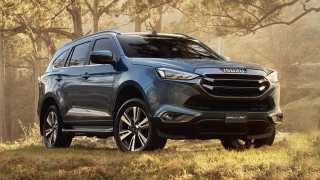

Comments